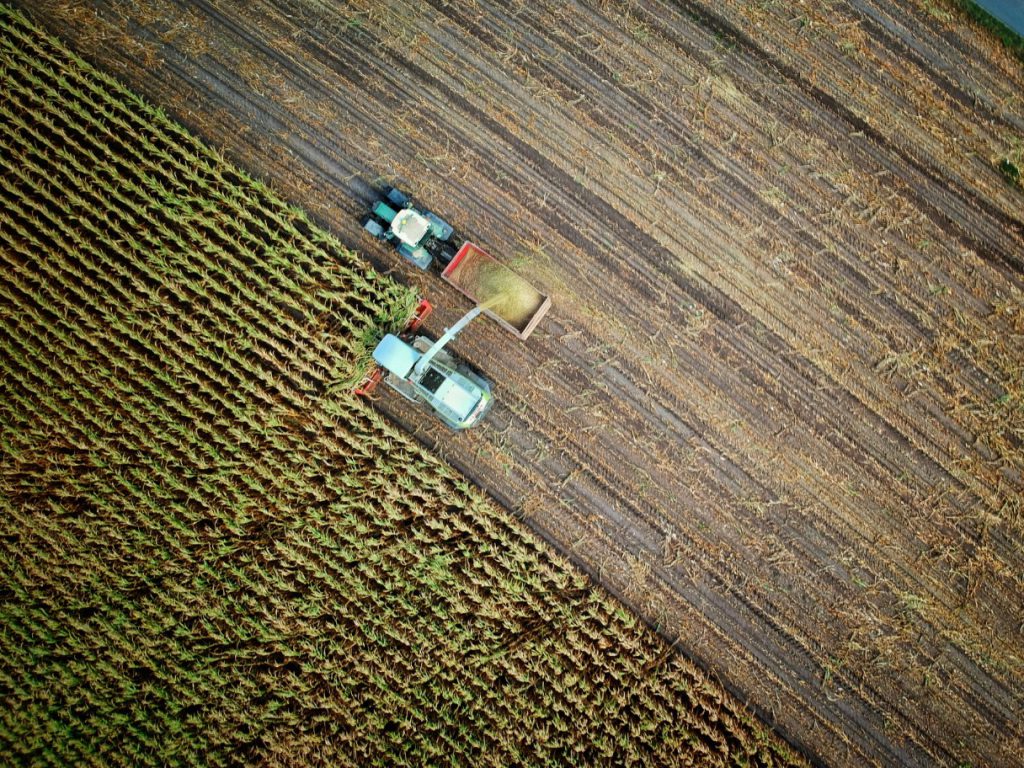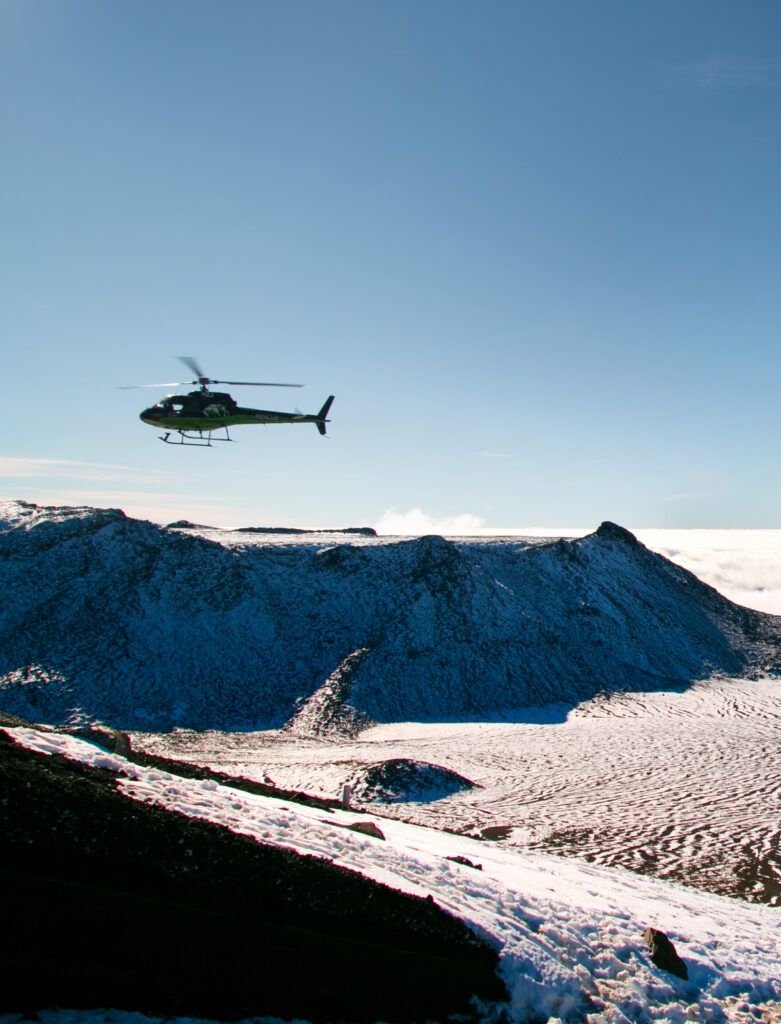- Industries
-
-
Industries

-
-
-
- Brands
-
-
Brands

-
- Tait Communications
- Hytera
- Aina PTT
- Airgain
- Alfatronix
- Dryad Networks
- Eventide Communications
- GE Vernova
- InterTalk
- i.safe MOBILE
- Logic Wireless
- Maven Wireless
- Motorola Solutions
- N-ear
- Omnitronics
- OTTO Communications
- Pepperl+Fuchs
- Radio Activity
- RFI
- Sensear
- Sonim
- Stone Mountain
- Titan Communication Systems
- Xworks
-
-
- Products
-
-
Products

-
-
-
- Services
- Resources
- Find a Dealer

- Industries
- Mining
- Emergency Services
- Local Government
- Electrical Utilities & Generation
- Security
- Utilities
- Forestry
- Transport & Logistics
- Brands
- Tait Communications
- Hytera
- Aina PTT
- Airgain
- Alfatronix
- Dryad Networks
- GE Vernova
- InterTalk
- i.safe MOBILE
- Logic Wireless
- Maven Wireless
- Motorola Solutions
- N-ear
- Omnitronics
- OTTO Communications
- Pepperl+Fuchs
- Radio Activity
- RFI
- Sensear
- Sonim
- Stone Mountain
- Titan Communication Systems
- Xworks
- Products
| Blog | Improve Worker Safety in Extreme Conditions with Better Communications
string(4) "post"Improve Worker Safety in Extreme Conditions with Better Communications
Whether you’re working through Australia’s scorching summers or New Zealand’s brisk, changeable seasons, environmental conditions can significantly impact worker safety and performance. Land Mobile Radio (LMR) communications is a vital layer in workplace safety.


From heat stress on remote mine sites in Queensland to fatigue and cold exposure in South Island field operations, effective communication remains one of the most critical controls in any Workplace Health & Safety (WHS) plan.
Equipping your workforce with professional portable radios featuring built-in safety functions is not an optional extra — it’s a core layer of protection when working in extreme or unpredictable environments.
Environmental risks across regions
- Australia: Extended heatwaves, especially across the resource, construction, and utilities sectors, increase the risk of heat stress, dehydration, and fatigue. Resources Safety & Health Queensland (RSHQ) emphasises proactive heat-stress management as part of every safety plan to reduce risk of heat-stress symptoms including dehydration, fainting, and heat exhaustion. Resources Review.
- New Zealand: Outdoor and remote-area workers face different but equally serious challenges — from cold-related fatigue, reduced dexterity, and hypothermia risks, to isolation during severe weather or rugged terrain.
In extreme climates, delayed communication or missed check-ins can quickly turn a manageable situation into a medical emergency. That’s why Land Mobile Radio (LMR) technology is still a vital layer in workplace safety. Beyond clear digital communication, modern portable radios with safety features, such as Lone Worker and Man Down (tilt/inactivity sensor), act as an intelligent safety net — with capabilities to alert teams when a worker becomes incapacitated or fails to check in.
A portable radio is a lifeline
When staff are working in extreme conditions, physical performance and alertness can decline, and the nature of remote or isolated work means there is limited supervision. In both of these scenarios, a few lost minutes can determine whether an incident remains minor, or not. That’s where integrated portable radio safety features provide essential protection:
- Lone Worker: Triggers an alert if a user working alone doesn’t check in at set intervals.
- Man-Down (Tilt/Inactivity Sensors): Automatically detects a fall or prolonged inactivity and raises an alarm — even if the worker can’t.
- GPS / Location Tracking & Dispatch integration: Sends the worker’s precise location with any emergency alert, speeding up response time.
- Emergency Buttons & Duress Alarms: Let workers summon help instantly if they experience early signs of heat stress.
- Reliable Coverage in Harsh Conditions: Industrial-grade LMR systems maintain signal strength in remote, high-temperature or low-temperature environments.
A real-world scenario: LMR safety in action
A field technician is servicing equipment alone in extreme conditions — 35°C heat in the Pilbara, or near-freezing winds on a remote South Island ridgeline.
Their digital LMR radio is equipped with Lone Worker monitoring. When the technician misses a Lone Worker check-in, their radio automatically triggers an alert, transmits GPS coordinates, and opens a live channel to the control room. Dispatchers hear the surrounding environment via a “hot mic” feature and coordinate a rapid response.
Within moments, dispatch locates the technician and sends help — turning what could have been a serious medical incident into a controlled, recoverable situation.
Include LMR communications in your heat-stress / cold-stress management plan
If your organisation is serious about improving on-site worker safety, review your site’s WHS plans and ensure communications are part of your primary controls to reduce temperature-stress risk, alongside rest breaks, hydration, nutrition, and shelter. To strengthen on-site safety across all climates:
- Audit your radio fleet to confirm it supports key safety features like Man Down and Lone Worker monitoring— if not, build a roadmap to upgrade or retrofit. If you’re not sure where to start, contact Logic Wireless for advice on suitable models and configurations.
- Integrate radio alarms into your incident-response procedures, ensuring control rooms can see, track, and respond in real time.
- Train workers on both environmental hazards (heat and cold) and the correct use of radio safety functions, including manual alerting and check-ins.
- Test system performance in seasonal extremes — checking coverage, battery performance, and response workflows.
- Refine alert settings to balance responsiveness and false-alarm reduction.
8 Portable radio features to improve worker safety
For safety-critical worksites across Australia, New Zealand and the Pacific Islands, ensure your portable radio fleet includes:
- Automatic Man-Down activation via tilt/inactivity sensors.
- Configurable Lone Worker check-in intervals and escalation rules.
- Integrated GPS tracking and dispatch visibility.
- Clearly marked Emergency/Duress buttons, supported by user training.
- Rugged, weather-rated hardware (Ingress Protection (IP) and MIL-STD certifications) suitable for both heat and cold. Check this for batteries and accessories, too!
- Integration with incident-response software for real-time alert management.
- Hot-mic capability for live environmental audio transmission during emergencies (when an alarm is triggered), often without user intervention.
- Support for environmental-specific triggers — such as adjusted check-in intervals during heatwaves or cold snaps, or integration with temperature and fatigue monitoring systems.
- E.g. If you have a heat-management plan (as RSHQ (Resources Safety & Health Queensland) recommends), you could tie in communications check-in intervals, buddy-system prompts, and radio-based alerts in parallel with environmental sensors or heat-stress thresholds.
LMR: A core control, not an optional add-on
Whether your team works in high-heat regions or cooler, wind-exposed sites, reliable communication can be the difference between a close call and a tragedy.
LMR technology provides a critical safety net — supporting duty-of-care obligations, improving incident response, and protecting your most valuable asset: your people.
Explore LMR radios with Logic Wireless.
Protect your workforce in every climate. Talk to the team at Logic Wireless, or find your local Logic Dealer about upgrading your communications to improve worker safety and environmental resilience.
Please wait while you are redirected to the right page...

